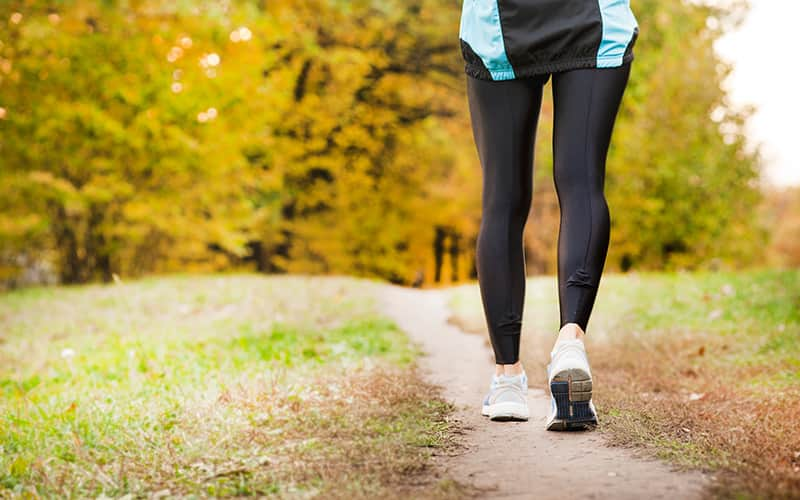The many forms of recovery
by Marty Gaal

From the post-workout recovery period to the end of season unwinding, recovery is an important part of your training.
To break it down, let's take a look at the many forms training recovery comes in.
The immediate 12-48 hours after a challenging workout. Within this period you should consider the immediate post-workout fueling meal, as well as strategies to maximize your return to training. These include stretching, compression therapies, massage, hydration and nutrition, hot and cold therapies, and naps or sleep duration.
This refers to having a few easy days within a two to four weeks training cycle. The duration and intensity of the recovery days are dependent on the overall training load (duration + intensity) of the athlete. For example, an athlete training for a sprint triathlon at 6-7 hours a week isn’t going to need an entire week to recover from a harder week or weekend of training. An IRONMAN athlete training 15-25 hours a week may very well need several days of light or no exercise to bounce back from a harder training cycle.
These recovery days can be complete days off, but usually do not need to be. Easy rides, walks, swims, and yoga or light strength training are all usually OK. Running is the hardest on the body and usually would not be considered a ‘recovery workout’ for a triathlete. That being said doing one to two maintenance runs (short, easy runs) in a recovery period keep your body from detraining, specifically on the run. Athletes need to be mindful of the timing and their ability level to absorb running shock. Soft surface always helps.
The goal from these inter-cycle recovery periods is to exit feeling recharged and ready for your next hard training block.
This is the time to stop and smell the roses — allowing both your body and mind to unwind from a few months of hard work. This is when you might switch up your training approach for a few weeks. For a typical triathlete, this is a good time to spend more time on strength work, switch to trail running or trail riding, and generally stop ‘training’ and just go take part in healthy fun exercise.
Stay active, but don’t sweat the metrics you so diligently tracked all season. If you normally did 10 workouts a week, maybe you drop it down to five to six and ease off the intensity across the board.
Older athletes in general require more recovery time for high training days and cyclic periods due to how quickly (or slowly) muscle and soft tissue regenerate. Younger athletes will generally require less recovery time and shorter cyclic recovery periods. This is not a brick wall you can use your mental toughness to run through. Many of us in the sport a long time have pushed it too far and suffered injury, deep fatigue, or burnout.
One of the most important daily recovery strategies is proper nutrition. Eating well in general allows you to fuel your muscles for upcoming workouts and recover from your previous workouts. The 30-45 minute window post-workout on harder and longer sessions is optimal to take in a post-workout meal with a 30/70 type ratio of protein to carbohydrates. The carbs replenish stored glycogen and the protein helps with muscle repair and rebuilding. If you miss this window several sessions in a row you’ll encounter that flat/no-energy/still-kinda-sore feeling. No fun.
Sleep is another important element of recovery. The human body is not designed to go 20 hours on and 4 hours off. Most athletes need at least 7 hours of real sleep and many need more than that to perform their best. Sleep allows your body to release hormones like HGH that intensify the repair and rebuild of muscle and soft tissue. Sleep also allows the brain to recover and reset. A tired mind, in general, does not enjoy hard work! Think back to the last time you slept poorly before a hard workout vs when you were well rested.
All in all, getting stronger and faster (training gains) do not occur consistently without recovery. To be your best, sometimes you have to slow down and take it easy. Learn to love it!